Ramesvaram has two facets, a tirtha centre meant to the dead and a sthala centre, sacred to Lord Siva. It has developed into one of the most interesting centres of Hinduism, or a microcosm with all the complexities of the wider cosmos called Hinduism.
Since Rama worshiped Siva here to expiate himself from the sin of killing Ravana, Ramesvaram also became the sacred place of sraddha ceremony to the departed souls. An island in the extreme south emerged as the pitr-oriented pilgrimage centre – the direction of south being connected with Yama, and the ferry for crossing Dhanuskoti suggesting the Vaitaraniriver.
The Ramesvaram temple complex has three prakaras accommodating majestic, big and small shrines and mandapas meant for the performance of specific rituals. The book presence a comprehensive study of this temple complex. It traces the legends, history and rituals of the temple exploring the Vedic and Pauranic legends, epic stories and Tamil literature and also the bulk of epigraphic and classical texts. It also analyses the nuances of architecture and sculptural embellishments and discusses the layout and sequence of construction of all the shrines, mandapas and gopuras. The architectural and sculptural details of each and every part of these structures are compared with the existing contemporary Chola temples in the Chola main land. Detailed account of the rites and ceremonies performed in the temple daily, monthly and annually is given. The temple administration and a prolonged conflict for right to administer are also discussed in detail.
The book presence Ramesvaram as one of the foremost centres of Saivism in particular and Hinduism in general reflecting Dravidian architectural features.

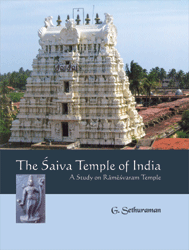
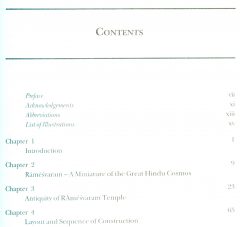
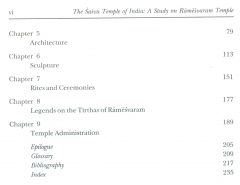


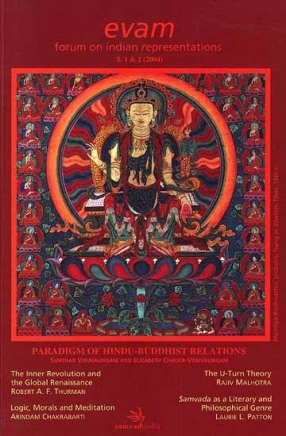
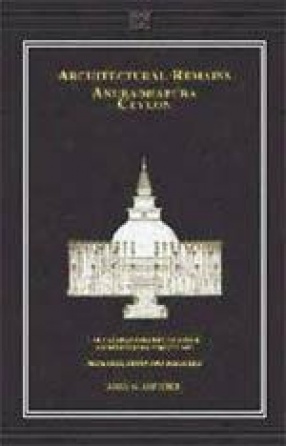
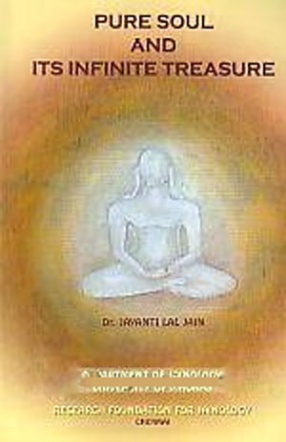
There are no reviews yet.